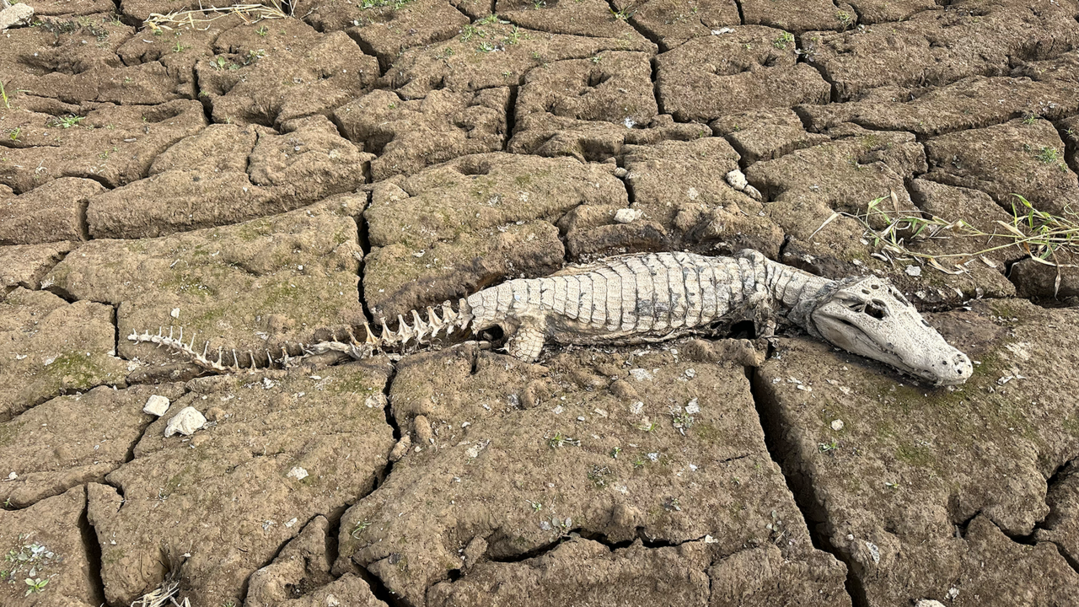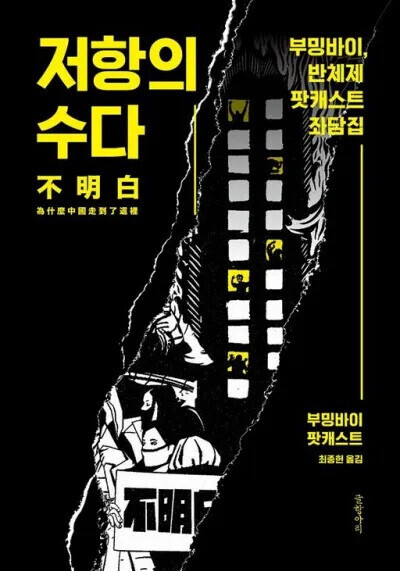
Professor Jason Moore of the University of New Mexico (UNM) Honors College is set to lead a groundbreaking "Future Fossils on Fans" project in Paraguay's Chaco region in 2025. This international collaborative research will study the formation of fossils on land in real-time by analyzing modern sedimentary environments along the Pilcomayo River, fundamentally changing our understanding of fossilization.
Taphonomy Expert Unravels the Secrets of Fossil Formation
With deep knowledge in both biology and geology, Professor Moore's research primarily focuses on taphonomy, the study of how organisms decay and fossilize, and how these processes influence the interpretation of ancient ecosystems. His research spans the globe, including the United States, Canada, Mexico, the United Kingdom, India, Uruguay, and Paraguay. The research in Paraguay, in particular, has been a "transformative experience" for Professor Moore. He explains that the preservation patterns he observed in the geological record for 25 years are only now beginning to make sense in a real-world environment.
What makes this research unique is its setting in an environment rarely found in the United States or Europe. Professor Moore emphasizes, "It's an amazing opportunity to work with our Paraguayan colleagues in an environment that is unparalleled in the US or Europe," adding, "It's a region where very little scientific research has been conducted so far." By observing how caimans and capybaras die and how their bones move and become buried in the study area, the research team expects to deepen their understanding of Paratypothorax and Placerias from 210 million years ago in Arizona and New Mexico, and Tyrannosaurus rex and Triceratops from 66 million years ago in Montana.
Connecting Modern Sedimentary Environments to Ancient Fossil Records
The 2025 expedition is the culmination of three years of comparative research between Paraguay's active sedimentary regions and the fossilized remains in Arizona's Petrified Forest National Park. The research team has already discovered striking similarities in preservation patterns, notably finding rare "microvertebrate localities" previously unrecorded in modern sediments. This suggests that active sedimentary environments like the floodplains of the Pilcomayo River may provide a more accurate comparison to ancient ecosystems than the erosional landscapes commonly studied today.
This fieldwork will expand collaborations with the University of Nebraska State Museum and the National University of Río Cuarto, while continuing existing partnerships with the National University of Asunción and the Grand Rapids Public Museum. This multi-institutional cooperation will further enhance the project's international impact.
Opportunities for Training the Next Generation of Scientists
This project offers transformative educational opportunities for future generations of scientists. To date, six UNM undergraduate students have participated in the project, and five additional students have been selected for the 2025-2026 fieldwork season. Undergraduates will gain hands-on experience in fieldwork techniques, international collaboration, and real-world research.
Alexandra Apgar, a graduate student in the Department of Earth and Planetary Sciences, shared, "Working on this project with Dr. Moore has been a life-changing experience." She added, "Not only am I able to conduct paleontological research that I've dreamed of since I was a kid, but I am also actively contributing to our understanding of the fossil record." She further expressed, "It’s tremendously exciting when everything just clicks and the discoveries in Paraguay match what I’ve observed in the fossil record."
International Collaboration and Public Engagement
Fieldwork in Paraguay has been made possible through an extensive network of partnerships, including support from the Paraguayan Navy (Armada Paraguaya) and local landowners. Memoranda of Understanding (MOUs) between the project institutions have already been signed, with two additional agreements currently under development.
As the research team prepares for their departure, the 2025 season is expected to not only advance scientific understanding but also foster cultural exchange, strengthen global partnerships, and enhance public understanding of ancient Earth sciences.
A Brief Adventure into the Age of Dinosaurs
Although most of the research focuses on modern bones, the researchers also plan a brief adventure into the Age of Dinosaurs. No one knows what they will discover.
[Live Stream Online]
The research team will host Instagram live stream events from the field in Paraguay.
When: Tuesday, July 1st, and Saturday, July 5th, at 10 AM MDT (US Mountain Daylight Time) Duration: Approximately 30 minutes each Platform: Grand Rapids Public Museum Instagram page
Through this expedition, humanity will take another step closer to answering fundamental questions about how fossils are formed. This research, which aims to understand current environments through the traces left by past life and gain crucial insights to predict future Earth changes, is highly anticipated.
[Copyright (c) Global Economic Times. All Rights Reserved.]





























